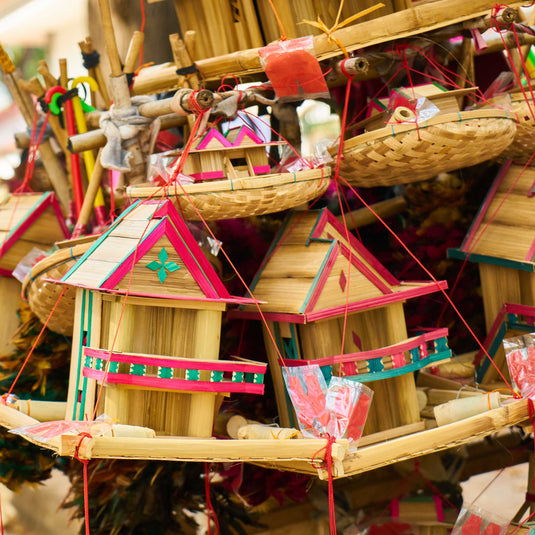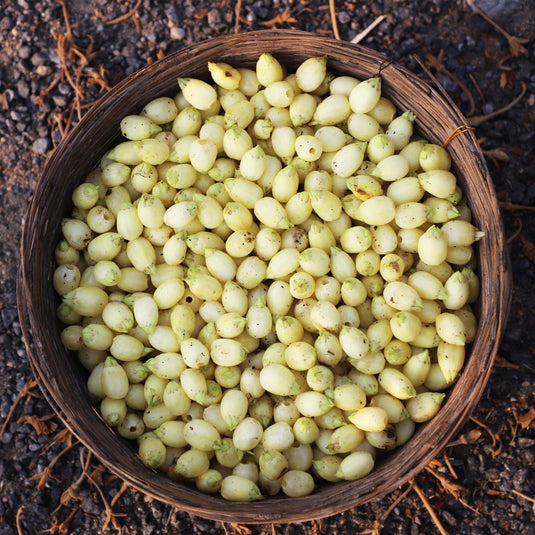Honey is a natural sweet substance produced by honeybees from the nectar of flowering plants. It is a highly nutritious and delicious food that has been enjoyed by humans for thousands of years. The process of making honey is a fascinating one, involving the hard work and collaboration of bees, as well as a complex series of chemical and enzymatic reactions.

The first step in honey production is foraging. Honeybees will fly from their hive to nearby fields and gardens, collecting nectar from the flowers they visit. Nectar is a sweet liquid secreted by the glands of flowers, which attracts bees and other insects to them. The nectar is primarily composed of water and sugar, as well as various other compounds such as amino acids, vitamins, and minerals. Different plants produce nectar with different sugar concentrations and chemical compositions, which affects the flavor and color of the honey produced.

Once a bee has collected a load of nectar, it will return to the hive and transfer the nectar to a "receiver" bee. The receiver bee then deposits the nectar into one of the cells of the honeycomb. Honeycombs are hexagonal cells made of wax, which bees produce from their own wax glands. The cells are arranged in a series of vertical combs, with a narrow passage between each one for bees to move through.

Once the nectar has been deposited in a cell, the process of making honey can begin. The first step is to remove much of the water from the nectar. Bees do this by fanning their wings over the cells, which evaporates some of the water and concentrates the sugar content of the nectar. Bees also add enzymes to the nectar, which break down the sugars into simpler forms and help to prevent spoilage.
Over time, as more and more bees deposit nectar in a cell, the concentration of sugars and enzymes increases, and the water content decreases. The bees will continue to fan their wings over the cells until the nectar reaches a concentration of around 80% sugar. At this point, the bees will cap the cell with a layer of wax, sealing the honey inside and preventing any further evaporation or contamination.

The honey produced by bees is a highly complex substance, containing a wide variety of chemical compounds and nutrients. In addition to sugar, honey contains small amounts of proteins, enzymes, vitamins, minerals, and antioxidants. The precise composition of honey depends on the plants from which the nectar was collected, as well as the specific enzymes and bacteria present in the bee's digestive system.
Once a honeycomb is filled with capped cells of honey, the beekeeper can harvest the honey. This is done by cutting off the wax caps from the cells, using a special tool called a honey knife or uncapping fork. Once the caps are removed, the honey can be extracted from the cells using a centrifugal force. This process separates the honey from the wax and other debris, leaving pure honey to be collected in a container.

The final step in honey production is to package and store the honey. Honey can be stored in its liquid form or can be allowed to crystallize, which is a natural process that occurs over time. The texture and color of honey can vary depending on the source of the nectar, the processing methods used, and the storage conditions. Honey is often sold in jars or squeeze bottles and is used as a natural sweetener in cooking and baking, as well as a spread for bread and other foods.

In conclusion, honey is a remarkable substance that is produced through the hard work and collaboration of honeybees. The process of making honey involves collecting nectar from flowering plants, depositing it in honeycomb cells, and evaporating much of the water through fanning and enzymatic processes.


